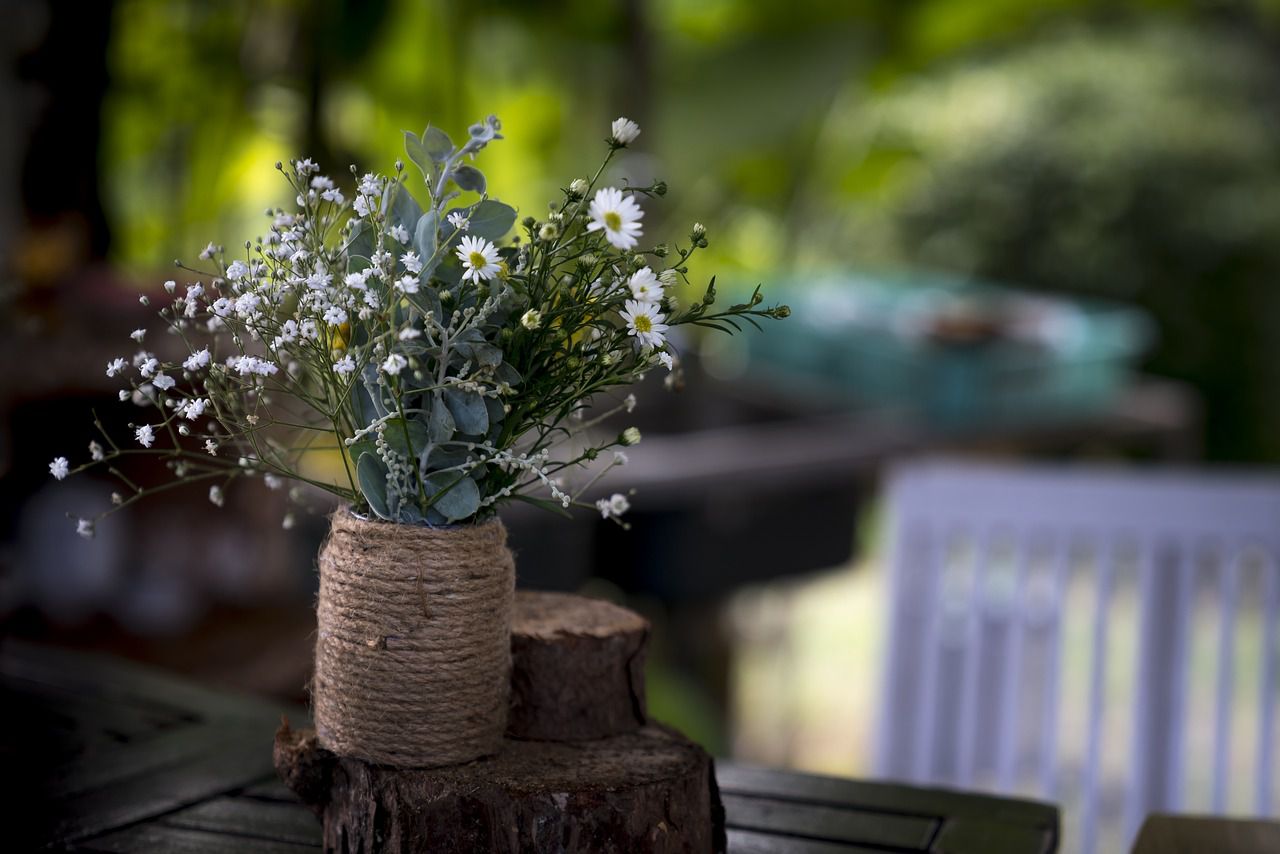Gardeners of the past used a combination of traditional knowledge, practical techniques, and natural resources to grow fruits.
While methods varied based on the specific time period, location, and available resources, there were common approaches that characterized historical fruit cultivation.
Here's an overview of how gardeners of the past used to grow fruits.

Selection of Fruit Varieties
Historical gardeners often relied on locally adapted and heirloom fruit varieties that were well-suited to the climate, soil, and growing conditions of their region.
These varieties were often selected for their flavor, disease resistance, and ability to thrive in the local environment.
Soil Preparation and Fertilization
Gardeners would prepare the soil by incorporating organic matter such as compost, manure, and other natural amendments.
These practices helped improve soil structure, fertility, and moisture retention, providing a favorable environment for fruit trees and plants to grow.
Pruning and Training
Historical gardeners practiced pruning and training techniques to shape fruit trees, improve fruit production, and manage plant size.
Pruning helped remove dead or diseased branches, encourage new growth, and enhance fruit quality.
Pest and Disease Management
Gardeners used various natural methods to manage pests and diseases.
These methods included companion planting, using beneficial insects, and creating barriers to protect fruits from pests.
Some gardeners also employed home remedies and botanical extracts to control pests and diseases.
Local Knowledge and Adaptation
Gardeners of the past relied on local knowledge and experience passed down through generations.
They learned from trial and error, observed the behavior of plants, and adapted their techniques based on the changing conditions of their environment.













